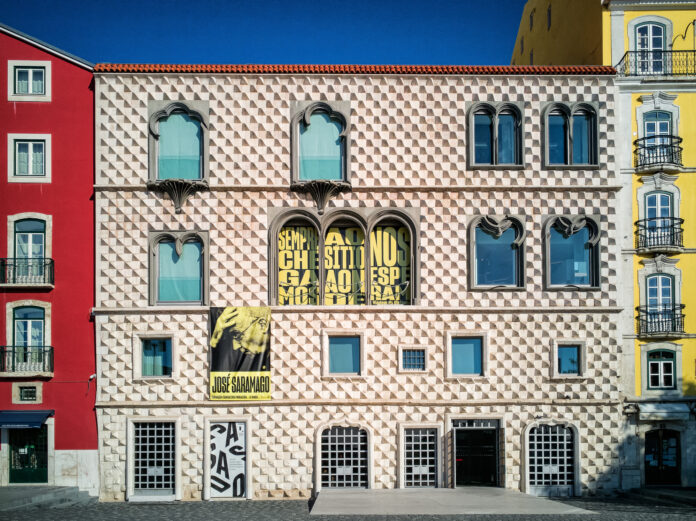José Saramago was a pillar of Portuguese culture. It doesn’t matter whether you’re here for the love of books or not… Anyone passionate about Portugal and its culture is automatically drawn to one of the most prominent personalities in the country’s literary landscape – José Saramago.
In 2007, the winner of the 1998 Nobel Prize for Literature founded the José Saramago Foundation. Today, its headquarters are in the upper floors of Casa dos Bicos. The building, however, does not date from 2007. Its story takes us back to the 16th century, pinpointing some pivotal events in the history of Portugal.
As such, we’re warmly inviting you to prepare a coffee, choose the most comfortable chair, and enjoy today’s reading! We’ll take you on a beautiful journey through the history of Casa dos Bicos. Besides serving as a sanctuary for Jose Saramago’s work, it is an important historical landmark, and we’re here to tell you why!
Casa dos Bicos – History
Before being established as the headquarters of the José Saramago Foundation, Casa dos Bicos had undergone multiple changes over the centuries.
According to Sistema de Informação para o Património Arquitectónico (the Portuguese collection of details about the country’s architectural patrimony), the history of Casa dos Bicos begins in 1521, when the territory where the building is located was likely owned by Afonso de Albuquerque, a Portuguese general, admiral, and statesman.
Allegedly, he owned either buildings or territories in the area. At the time, however, Casa dos Bicos, as it’s known today, did not exist yet.
In 1521, Albuquerque traveled to Italy accompanied by Infanta Beatrice of Portugal, a Portuguese princess by birth. He stayed in Italy until 1523. During these years, Albuquerque had enough time to fall in love with the new Renaissance architectural trends. The building that captivated him the most was Palazzo dei Diamanti, a Renaissance palace in Ferrara, Emilia Romagna, Italy. Its facade consists of thousands of diamond-shaped pyramids.
Casa dos Diamantes
Returned to Portugal, Albuquerque started working on his own diamond house, having been inspired by the awe-striking building in Ferrara – he named it Casa dos Diamantes. He planned to combine both Italian Renaissance and Portuguese Manueline decorative elements.
Two hundred years later, Casa dos Diamantes was still there. The 1755 Lisbon earthquake, which destroyed much of the city, damaged parts of the building as well, but it was still standing. The earthquake almost completely destroyed the facade facing Rua Afonso de Albuquerque.
Over the years, the building was partially reconstructed. In 1872, it was sold at public auction, then returned to the Albuquerque family, then sold again to a fishmonger who used it as a warehouse for salted codfish.
It was only in the 1960s that the municipal council of Lisbon acquired Casa dos Diamantes, which was then known as Casa de Goa. The building was to be reconstructed and named Casa dos Bicos. The council’s goal was to use it as a museum. However, things didn’t go as smoothly as expected, considering that parts of the building that had been destroyed during the earthquake were still in ruins. As such, the restoration took decades.
In 2012, Casa dos Bicos was established as the headquarters of the José Saramago Foundation. It is now considered the Jose Saramago Museum and is a major tourist attraction in Lisbon.
4 Reasons to Visit Casa dos Bicos, the José Saramago Museum
Are you planning a trip to Lisbon? If so, you’re probably going over the top attractions in the city, trying to decide which ones deserve to be on your must-visit list. Well, we’re here to convince you that Casa dos Bicos should definitely find its way on your trip schedule!
Keep on reading to discover why we’re so sure you’ll enjoy it!
1. Casa dos Bicos Architecture
The beauty of Casa dos Bicos doesn’t lie only in its literary importance linked to Jose Saramago. Its rich history and unique architecture featuring the famous Portuguese Manueline style make it an iconic building in Lisbon.
Casa dos Bicos is a rectangular building with a tiled roof. Its main facade, which faces the south, is of incredible beauty! You don’t have to be an expert in architectural styles to delve into the facade’s decorations! It is adorned with diamond-shaped protrusions which, put together, form a fascinating pattern.
The floors are differentiated by frames running vertically along the facade. The windows exhibit two styles – simple rounded-arch windows and curvilinear windows featuring Manueline elements. Besides the diamond-shaped protrusions, visitors immediately notice the windows’ irregularity in terms of both size and placement. These elements only add to Casa dos Bicos’ charm!
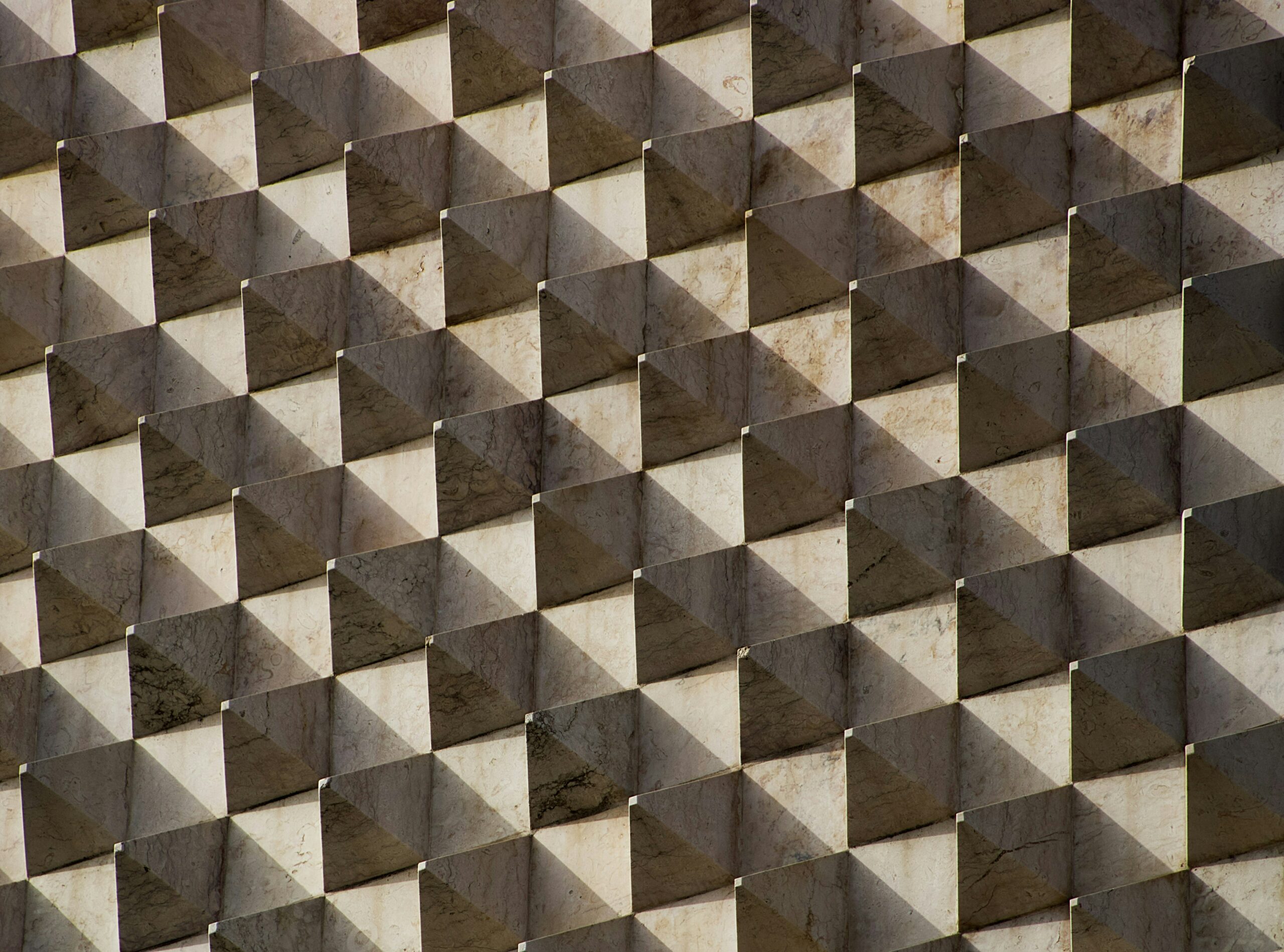
2. Casa dos Bicos, the José Saramago Foundation
As mentioned, Casa dos Bicos is primarily known as the headquarters of the José Saramago Foundation (keep reading to learn what else you can see in the building; you’ll definitely be intrigued!).
The Foundation was established by Jose Saramago himself in 2007. The author aimed to create a cultural center that promoted contemporary literature. Jose Saramago was also trying to defend the environment and spread the Universal Declaration of Human Rights.
“In July 2008, a protocol for the granting of Casa dos Bicos, in Lisbon, was signed for the headquarters of the José Saramago Foundation, where it will continue to intensify and consolidate the objectives set out in its Declaration of Principles, opening doors to living projects of cultural unrest and transformative proposals for society.”
As such, Casa dos Bicos now stands as a major cultural center in Lisbon and a meeting point for Portuguese and foreign artists. The Jose Saramago Museum hosts regular cultural events. For example, from the 25th of January till the 24th of February 2024, there was a photography exhibition displaying the work of Márcia Lessa entitled Punctum. Besides this, the Foundation hosted over ten other events scheduled for February 2024.
In short, we’re sharing these details to emphasize the following: whenever you visit Lisbon, you’ll likely have the opportunity to attend at least one event at Casa dos Bicos. This way, you won’t only enjoy the building’s architecture and history but also immerse yourself in a local, authentic, culturally-enriched atmosphere.
3. An Ode to Jose Saramago
Now, that’s a reason that will make book lovers add Casa dos Bicos to their must-visit list! Naturally, visiting the Foundation’s headquarters is, in itself, a highly insightful experience.
However, the permanent exhibition dedicated to José Saramago makes the visit truly unique! It has on display international editions of his books, personal notes, newspaper clippings, and videos of his interviews. In addition, visitors can also see the author’s manuscripts and typescripts, as well as letters he sent to or received from friends and other writers.
In short, the Jose Saramago Museum is any bibliophile and writer’s dream! Is there a better way to explore Saramago’s universe than in a center founded by the author himself?
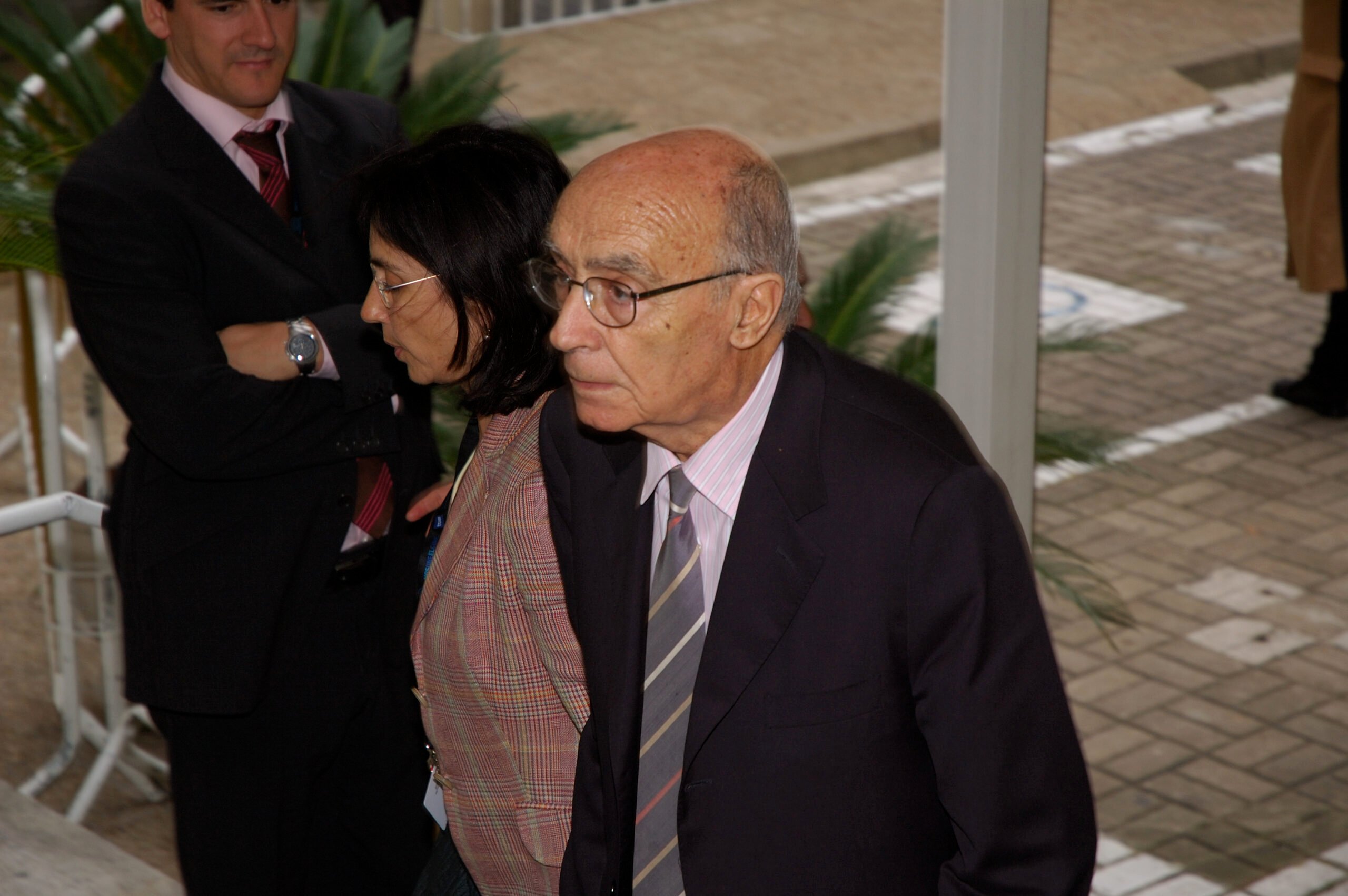
4. The Archaeological Center
While the upper floors of Casa dos Bicos are reserved for the Jose Saramago Foundation, the ground floor is dedicated to an archaeological center.
Over the years, multiple teams of archaeologists performed systematic excavations where Casa dos Bicos is located. These discoveries revealed remains from the Roman and Moorish periods.
The center has on display parts of Late Roman walls. You’ll also have the opportunity to see Late Roman cetariae, meaning elements of a Roman fish production unit, including a Roman tank used to preserve fish.
Casa dos Bicos – How to Get There and Ticket Information
Casa dos Bicos is located on Rua dos Bacalhoeiros, 10 in Lisbon. It is very close to Praça do Comércio. In fact, it would take you only about six minutes to arrive there by foot (or slightly more, considering how hilly Lisbon is!).
If you’re coming from a different part of the town, you can take the following public transport lines:
- The Blue metro line will take you to Terreiro do Paço station
- Buses: 728, 735, 759, 794
- Trams: 12E, 28E
Casa dos Bicos is open from Monday to Saturday, from 10 a.m. to 6 p.m. The last entry is at 5:30 p.m.
The standard ticket costs 3 EUR. There’s an option for families that costs 8 EUR, whereas students will pay only 2 EUR. Children up to 12 years old don’t need a ticket.
Additionally, the Museum of Lisbon offers a joint ticket of 6 EUR that includes Pimenta Palace, Saint Anthony, Roman Theatre, and Casa dos Bicos. You can use the ticket for up to two months after purchasing it.
Casa dos Bicos also offers individual guided tours, which cost only 6 EUR. However, these must be scheduled with the Foundation beforehand.
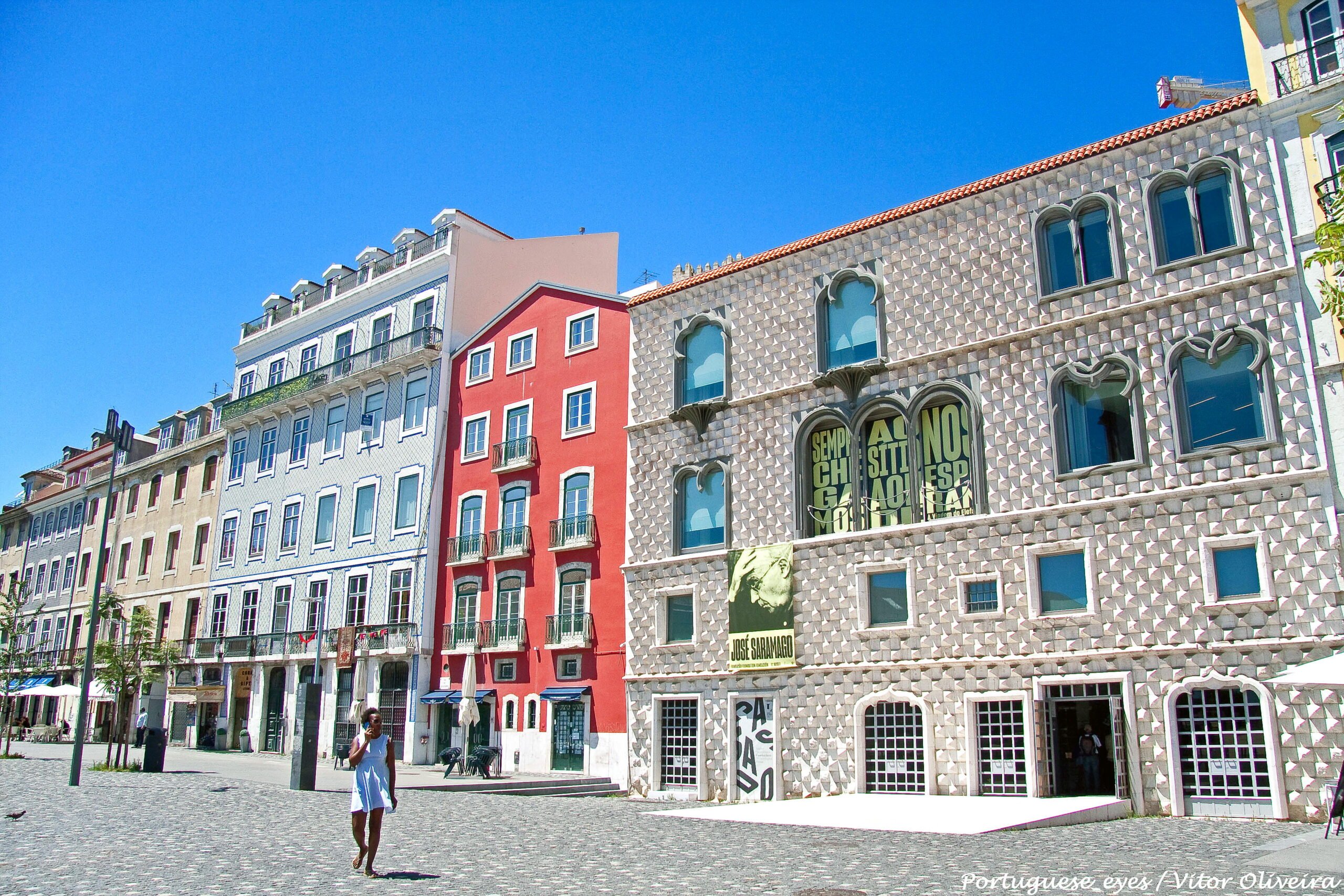
Other Must-Visit Places for Jose Saramago Fans
If Jose Saramago’s books have earned a special place in your heart, you should definitely consider the options listed below!
1. Azinhaga, Portugal
Jose Saramago was born in Azinhaga, Portugal. It’s a village in the Santarém District. Soon after his birth, Saramago’s family moved to Lisbon. Nonetheless, Saramago regularly returned to Azinhaga to visit his grandparents.
In his autobiography, Memories of My Youth, Saramago shares interesting details about the village. He recollects precious memories of his grandparents, who played an important role in shaping his character.
The author once said that his grandfather spoke of “legends, apparitions, terrors, unique episodes, old deaths, scuffles with sticks and stones, the words of our forefathers, an untiring rumor of memories that would keep me awake while at the same time gently lulling me.” Without a doubt, the time spent in Azinhaga tremendously contributed to Saramago’s future works.
As such, visiting this village will complete your trip to discovering Saramago’s universe. Once you arrive, make sure to visit the Jose Saramago Foundation, Azinhaga branch. It is located in a former primary school. There, you’ll see the bed of Saramago’s grandparents, as well as a reconstruction of a 20th-century kitchen.
There’s also a library and a bookshop with various editions of Saramago’s books in both Portuguese and other languages. The José Saramago Foundation recommends taking one of the guided tours of the delegation that is part of the Educational Program in Azinhaga.
Azinhaga is also home to Jose Saramago’s statue, located in Largo da Praça.
2. Palace of Mafra
If you’re a Jose Saramago fan, you’ve probably already heard about or even read his most iconic novel – Baltasar and Blimunda. If you haven’t read it, we strongly recommend giving it a chance, especially before visiting Portugal.
Imagine reading a book, immersing yourself in its universe, and then having the opportunity to actually see all the places you’ve read about! This will be the case with Baltasar and Blimunda, and the next stop to have your dream come true is the Palace of Mafra!
Baltasar and Blimunda is an 18th-century love story that focuses… well, obviously, on Baltasar, a construction worker, and Blimunda, a clairvoyant. The relationship between the two is intertwined with the construction of the National Mafra Palace. It turns out that the main character, Baltasar, works at the construction site. As such, Saramago offers a detailed account of the building process of one of the country’s most prominent palaces!
The Palace of Mafra should, in itself, be at the top of your must-visit list. Its grandiosity and cultural significance are undeniable! With its Baroque and Neoclassical elements, the 220-meter-long limestone facade, the 68-meter-tall church towers, and the absolutely incredible interior that cannot be compared with anything else you’ve ever seen – how can one not visit the Palace of Mafra?!
Besides, if you can give each room a bit of context, even if fictitious, the palace becomes even more charming!
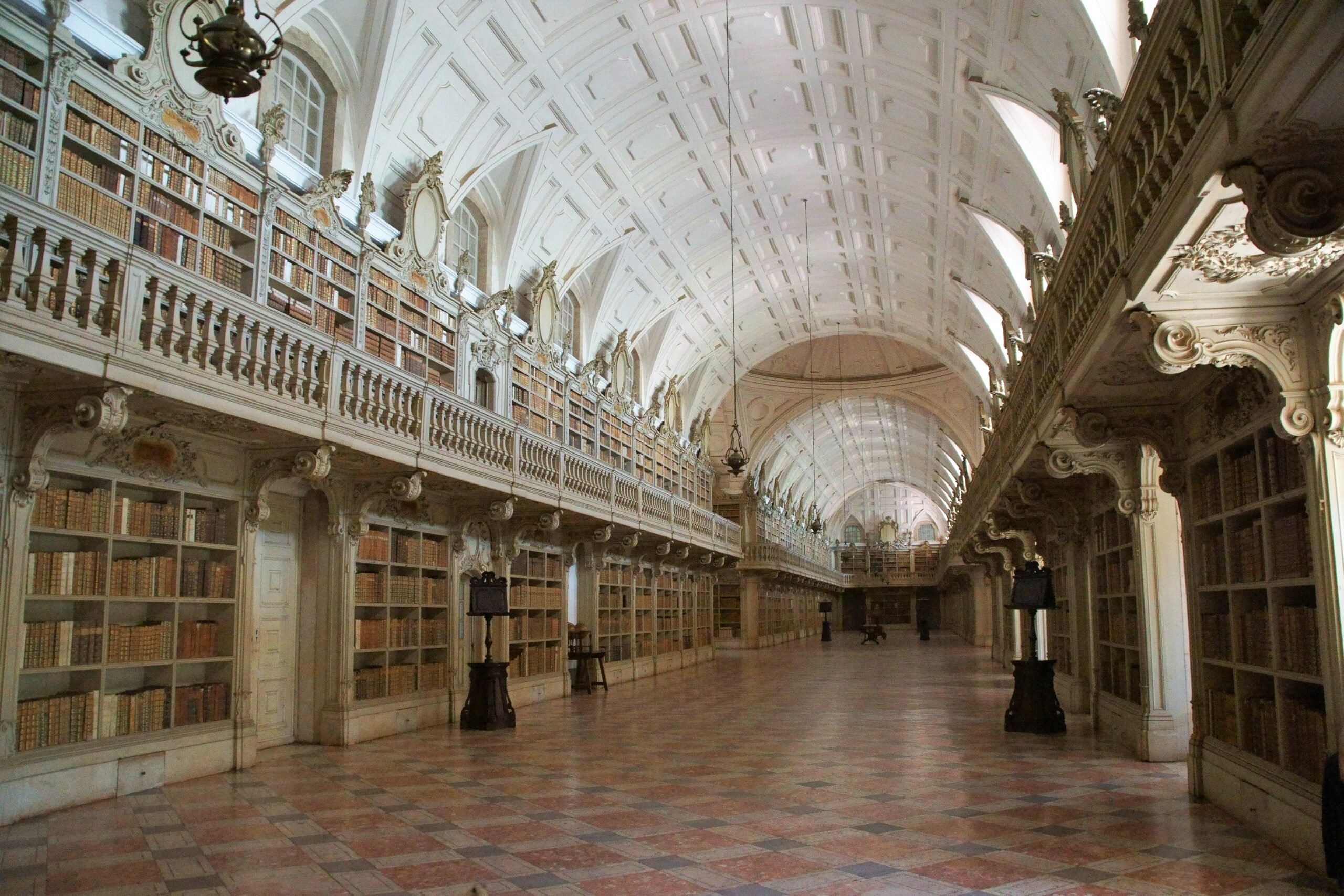
3. Take a Literary Route
From the 3rd till the 7th of April 2024, the José Saramago Foundation organizes a route called Rota de Saramago a Lorca Resistencia e Memoria through Lisbon, Sevilla, Malaga, and Granada. They aim to bring together poets, writers, researchers, and anyone else who wants to follow the route. The Foundation advises anyone interested in taking the route to contact them at [email protected].
This, however, isn’t the only route you can take in Portugal that will trace Saramago’s steps throughout the country. The project Rota Viagem do Elefante aims at promoting literary tourism and recommends several literary routes that will immerse readers in Saramago’s universe:
- The Fundão Route takes travelers to Fundão, more precisely to Castelo Novo, Alpedrinha, and Alcongosta, with the following recommended stops: Palácio do Picadeiro, the Jose Monteiro Municipal Archaeological Museum, Casa da Cereja, Casa do Guarda, and Serra da Gardunha
- The Belmonte Route takes travelers to the birthplace of Pedro Álvares Cabral; visitors should check out the Medieval Castle, the Belmonte Museum of Discoveries, the Church of Sao Tiago, the Roman Villa of Quinta da Fornea, and the Centum Cellas Tower.
- The Sabugal Route takes travelers to Sabugal and its prominent castles: The Castle of Sortelha, the Castle of Sabugal, the Alfaiates Castle, the Vila Maior Castle, and Vila do Touro Castle.
- The Guarda Route takes travelers to Guarda, the highest city in continental Portugal, and its historical and cultural landmarks.
- The Mêda Route takes travelers to Mêda, a city in the Guarda district adorned with the Castle of Marialva.
- The Pinhel Route takes travelers to the Village of Cidadelhe (which Saramago calls the heel of the world), the Faia Brava Natural Reserve, and Pinhel.
- The Almeida Route takes travelers to Vila de Almeida in Guarda, where they can delight in its breathtaking landscapes and the town’s Castle built in the 17th century.
- The Figueira de Castelo Rodrigo Route takes travelers to one of Portugal’s most charming tourist villages, Figueira de Castelo Rodrigo, with Christ the King Statue being its most iconic landmark.
The locations recommended by the Rota Viagem do Elefante are linked to Saramago’s Journey to Portugal and The Elephant’s Journey. For further details about the routes and local events, visit the project’s official website.
The journey is never over. Only travellers come to an end. But even then they can prolong their voyage in their memories, in recollections, in stories. When the traveller sat in the sand and declared: “There’s nothing more to see” he knew it wasn’t true. The end of one journey is simply the start of another. You have to see what you’ve missed the first time, see again what you already saw, see in the springtime what you saw in the summer, in daylight what you saw at night, see the sun shining where you saw the rain falling, see the crops growing, the fruits ripen, the stone which has moved, the shadow that was not there before. You have to go back to the footsteps already taken, to go over again or add fresh ones alongside them. You have to start the journey anew. Always. The traveller sets out once more.
– José Saramago, Journey to Portugal

